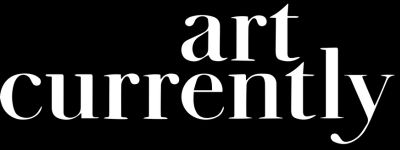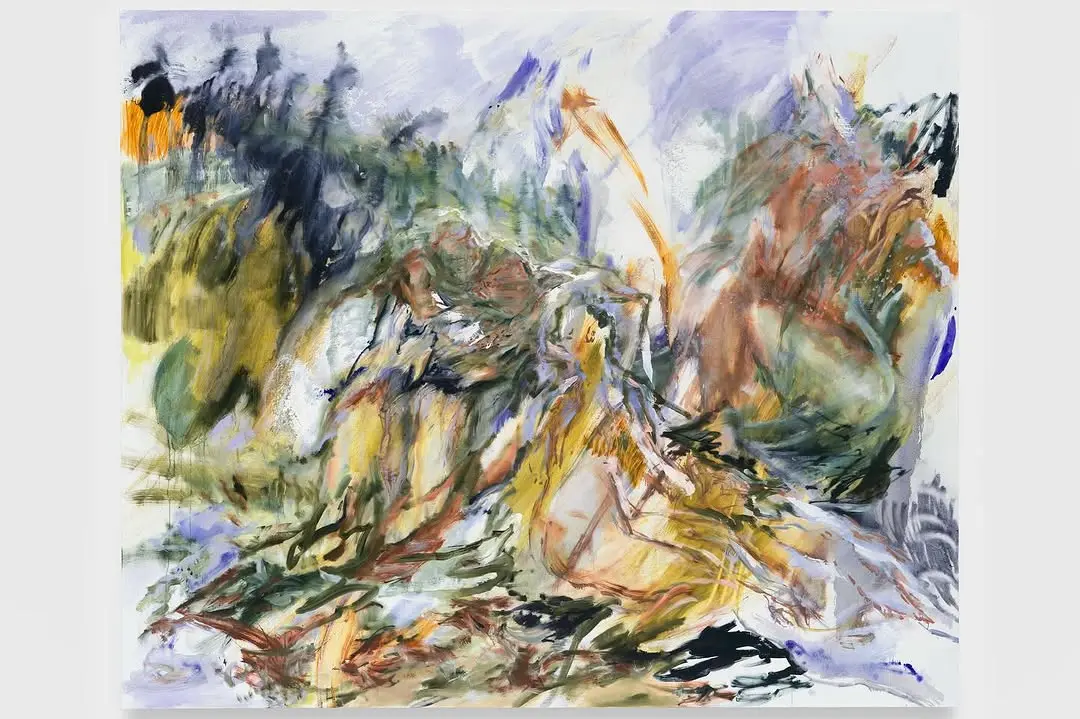In Harlem, Gladwell Projects Unveils the Second “Domestic Interventions” The Spirituality of Color
Installation view. Photo by Francis Louvis.
The evening before the opening of The Spirituality of Color, I opened Jack Whitten’s Notes from the Woodshed to page 253, where it reads, “One must learn to recognize the presence of spirit and to acknowledge its presence.” I believe that making is an act of faith, and that color carries spiritual depth, and to encounter this line on the eve of The Spirituality of Color felt like a divine affirmation in itself.
Walking up to 131st Street, where the exhibition took place—Christiana Ine-Kimba Boyle’s New York debut of her newly launched Gladwell Projects and second iteration of Domestic Interventions—I noticed a purple sign that read Baptist Church. The show was situated in a block surrounded by houses of worship and layered with the history of Black art, with Romare Bearden’s former home just a few blocks away. When entering the brownstone, I was met by two paintings by Kylie Manning at the center of the living room, and subtly to the left hung a rather quiet work by Agnes Martin, a watercolor on vellum. I loved that juxtaposition. The dialogue between generations was immediate.
Boyle shared that, over four years ago, she and Manning first spoke about bringing this show to life. Staged within this Harlem brownstone, the exhibition extends the ethos of Gladwell Projects’ Domestic Interventions, breaking away from traditional gallery models to present institutional-level shows, such as this one in domestic spaces. In this case, the show called into question how color resonates with spirit, and how space can give a sense of divinity for artists, within abstraction.
Boyle explains, “while color and abstraction have long held a central place in the art historical canon, they’ve often been approached through narrow, formalist frameworks, stripped of the emotional, lived, and metaphysical dimensions many artists have long brought to the medium. This show seeks to expand that lineage, offering space for artists across generations to explore color as a carrier of memory, intuition, and transformation.”
This second iteration unfolded across four thematic currents: Root Matter explored color as an embodied frequency; Structures of Feeling considered color as emotional infrastructure; Transmissions and Tethering focused on material-based ritual—stitching, staining, and touch—as a bridge between abstraction and metaphysical practice; and finally, Air and Afterlight reached toward color’s transcendental capacities, where minimalist poetics and repetition are on full display.
In the three-flight exhibition, the staircase itself became a site of encounter where viewers moved not only between levels but between the show’s thematic sensibilities. Several works engaged this passageway. Reginald Sylvester II’s "No Man Knows The Day or the Hour" (2025), an orange work that oscillates between painting and sculpture, had a powerful presence. For me, Sylvester’s piece mirrored a sanctuary-like experience that the exhibition as a whole invoked. It felt like a work made to dwell within spiritual architecture, as it is itself. Days later, in a conversation with my professor about Mark Rothko’s chapel paintings, Sylvester’s work came back to me, re-emphasizing that encounter as a kind of contemporary counterpart to the chapel experience. Sylvester, whose practice negotiates the terrain between spiritual inquiry, corporeal labor, and formalist experimentation, situates abstraction as a site of devotion. Positioned within the sub-theme of Root Matter, where color and material are treated as embodied frequencies tied to ancestral memory, intuitive assertion, and embedded knowledge, the work resonated as both threshold and prayer.
Photo taken by Massimbi.
The relationship between color, abstraction, and spirituality within the Caribbean context is something I think about often, and it was particularly present in this show. Guyanese-born Frank Bowling and Guadeloupe-born Naomi Lisiki, shown side by side in Root Matter, and Denzil Hurley in Air and Afterlight, embody a presence that understands color as both material and spiritual language. Bowling’s abstraction, often drawn from his Caribbean and South American memories and use of water and saturated pigment, conversed with Lisiki’s intimate explorations of repetition, material, and spirit, both attuned to color as a vessel for ancestral and emotional resonance. Hurley’s deeply yellow-saturated painting, grounded in his Barbadian heritage and his study of mark-making, language, and legibility, carried that same sense of devotion through material. Together, their works revealed how Caribbean abstraction continues to hold space for questions of spirit, belonging, and transcendence, a presence I think of often in the work of Winston Branch of Saint Lucia, Bowling, and Peter Doig who has spent significant time in Trinidad, each negotiating color as a site of memory and revelation.
I spoke with several artists in the show, including Reginald Sylvester II and Haejin Park, and it was clear that care is central to Boyle’s curatorial practice, a quality that resonated deeply throughout the exhibition. For Manning’s works, for example, Boyle planted and harvested sunflower, dill, and kohlrabi in her own apartment to create the pigments later used in Keep on dreaming me (2025).
“The Spirituality of Color” came together in a deeply intentional and divine way. Frank Bowling’s "Prang", for instance, was loaned by a collector who felt a profound connection to Boyle’s curatorial framework and the idea of color and abstraction as spiritual. The show reaffirmed the importance of community and care for both artists and audiences. With Domestic Interventions, Boyle is redefining what it means to create intentional, institution-level work that centers care and mission. To experience this moment in Harlem, as the Studio Museum also opens its doors, is to feel hope and recognition of how vital new modes of exhibition-making are to the broader art ecosystem.
Domestic Interventions (Part II): The Spirituality of Color is on view through Nov 16, 2025.




